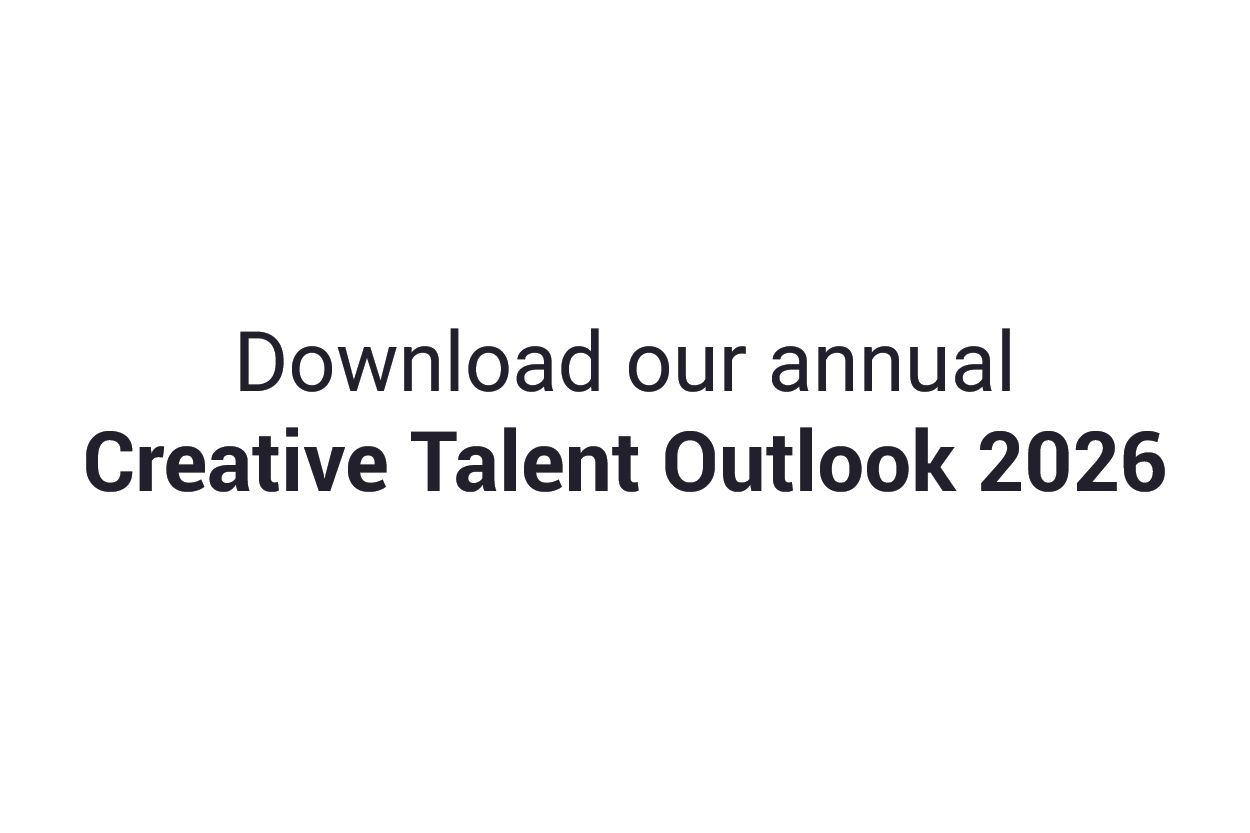Moving On After A Job Rejection
Date
“Unfortunately, we will not be moving forward with your application.” A line we’ve all read before, and it’s never easy to get. It’s normal to feel a bit disappointed, but don’t let it linger too long. Be kind to yourself, and when you’re ready, use it as a learning moment: what went well? What could you adjust next time?
Job rejection doesn’t define your skills, your worth, or your potential. Most decisions come down to fit, timing, or factors outside your control. Every “no” is an opportunity to notice patterns, refine your approach, and get one step closer to the right role. Here’s a practical guide to handling rejection with clarity and action.
Feel it, then move on Allow yourself a short, defined time to process disappointment — an evening, a day, or a walk to clear your head. Then consciously shift your attention to the next steps. Accepting your feelings but not letting them linger keeps you resilient and focused.
Remember, it’s not personal Hiring decisions are complex. Internal candidates, budget limits, timing, or team dynamics often play a bigger role than your skills. Understanding this helps you separate your self-worth from the outcome.
Optional: Send a polite note If the recruiter or hiring manager was responsive, a brief follow-up can leave a positive impression:
“Thanks for letting me know. I enjoyed learning about the role — please keep me in mind for future opportunities.” This isn’t required, but done once, it’s professional and keeps the door open.
Optional: Ask for feedback Sometimes you can gather helpful insights. Keep it concise:
“If you have any brief feedback, I’d appreciate it.” Many won’t reply, but if they do, treat the feedback as information, not judgment.
Learn one thing
Take a step back and identify what to improve:
- Not getting interviews? Focus on your resume or portfolio.
- Making it to interviews but not the final rounds? Practice answers or storytelling.
- Often a finalist but no offer? Fit is usually the issue, not your abilities.
Take one small action
Channel your energy into one tangible step:
- Add a new accomplishment or project to your resume.
- Reach out to a contact for networking.
- Practice a tricky interview question.
Even small actions create momentum and help you feel in control.
Keep going The fastest way past a “no” is to focus on the next opportunity. Each step — however small — builds experience, insight, and progress toward a role that aligns with your skills and values.
Rejection is a normal part of any career journey, especially for creatives and professionals navigating competitive fields. By processing it, learning from it, and taking concrete steps forward, you stay proactive, improve over time, and increase your chances of landing a role that truly fits.
A Note This guide shares general trends and best practices in hiring, but every situation is different. Rejection timelines, company needs, and industry factors can vary, so stay flexible and focus on what you can control: learning from experience, building your skills, and keeping momentum. For personalized career guidance and resume review, consider our Career Development services. Please refer to our Terms of Use for complete terms and conditions.Explore More Confirm These Details Before Accepting A Job Offer The Best Portfolio Builders For Designers In 2025

